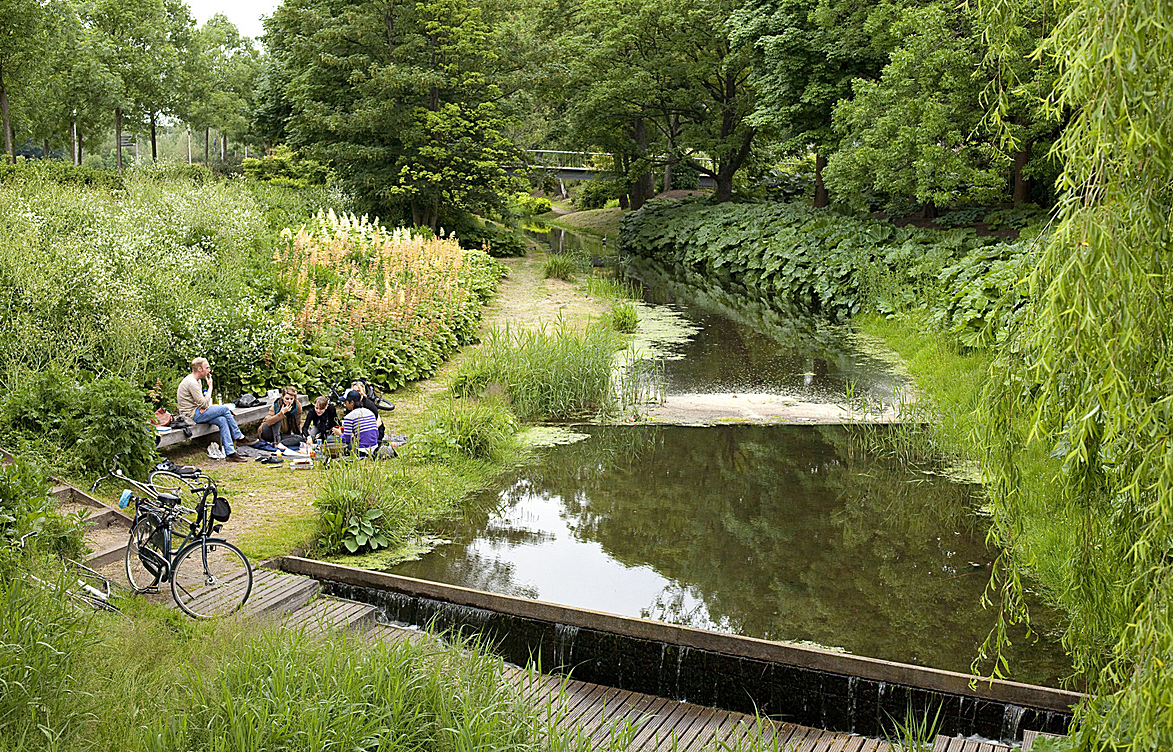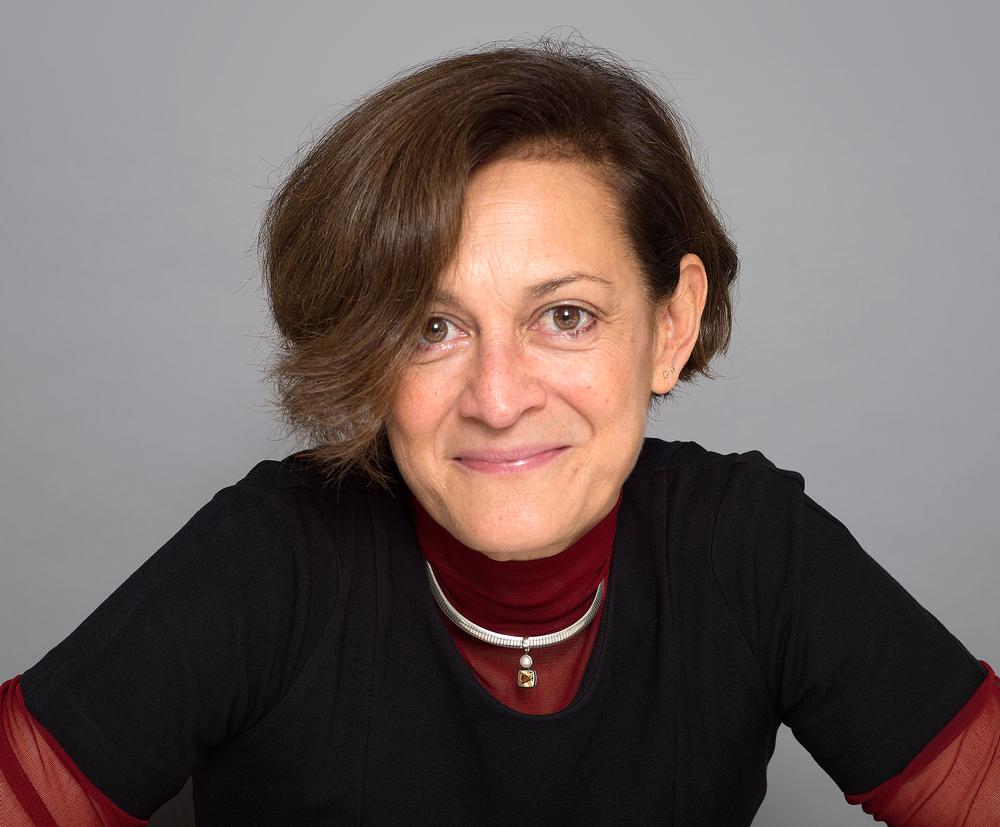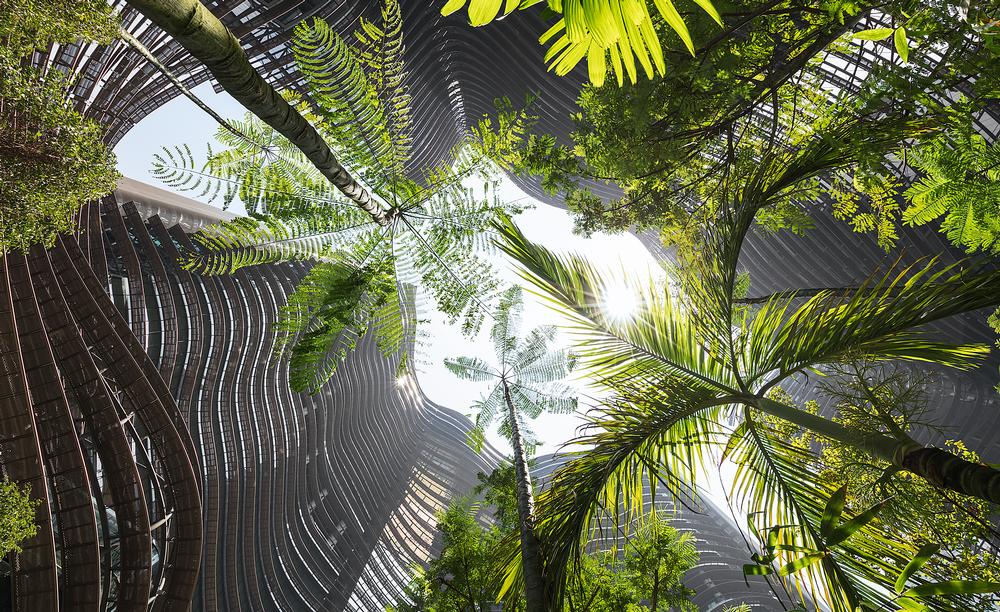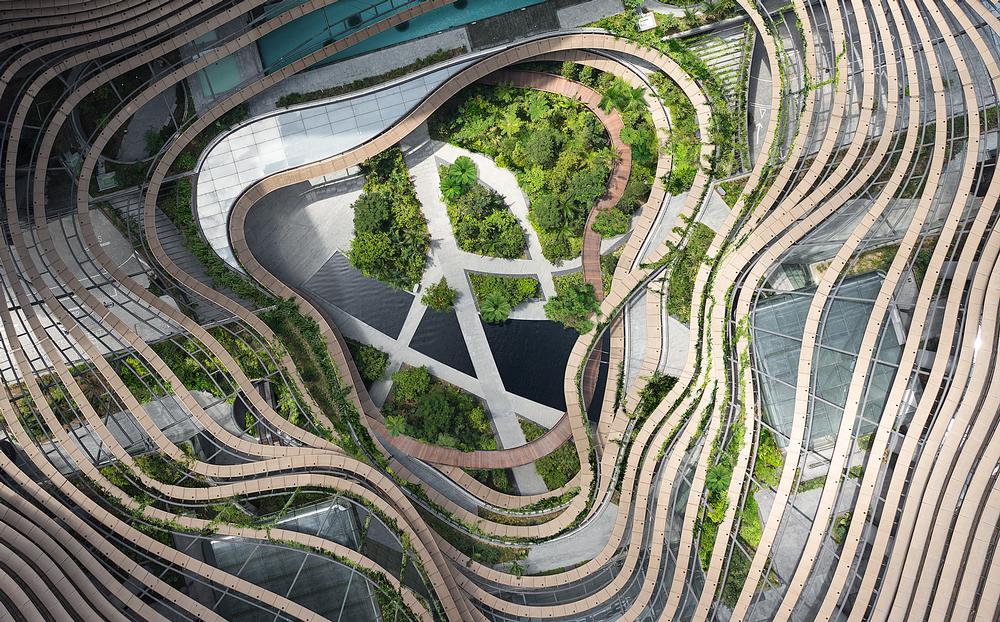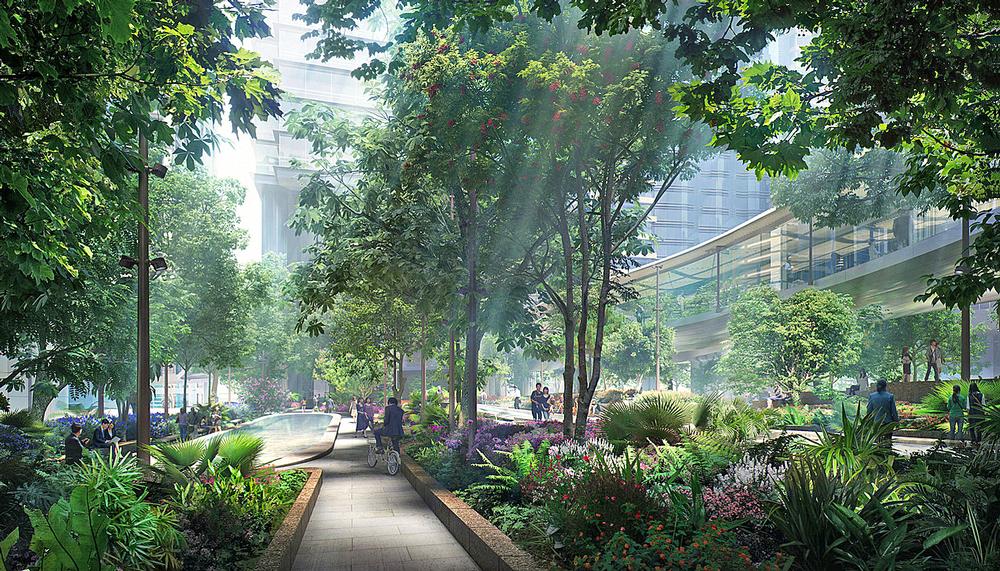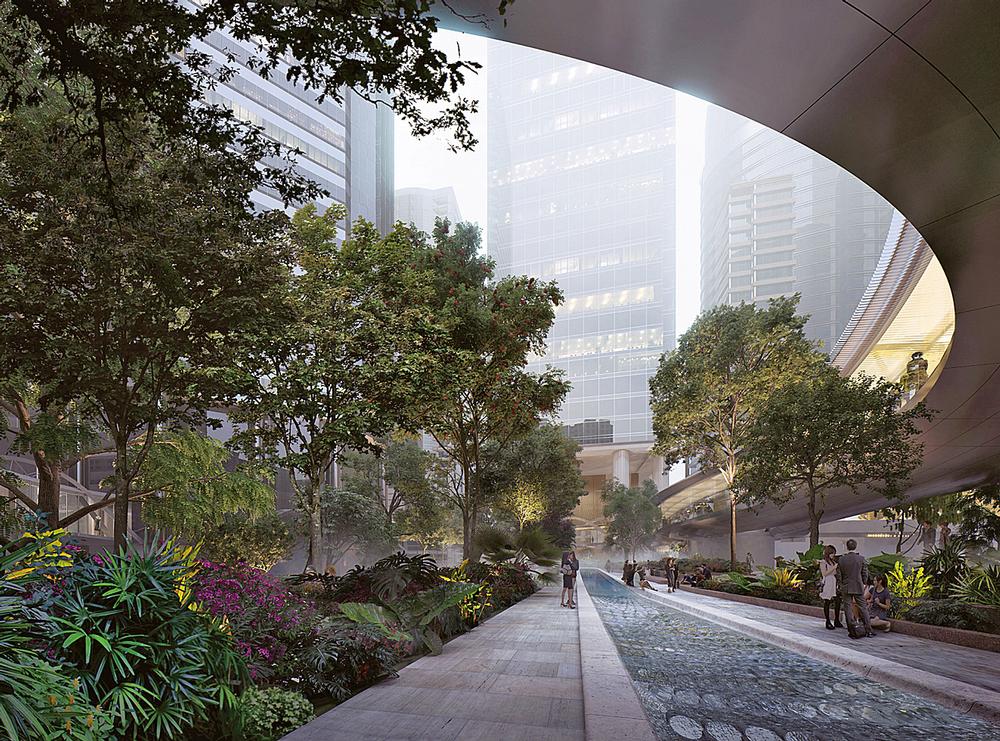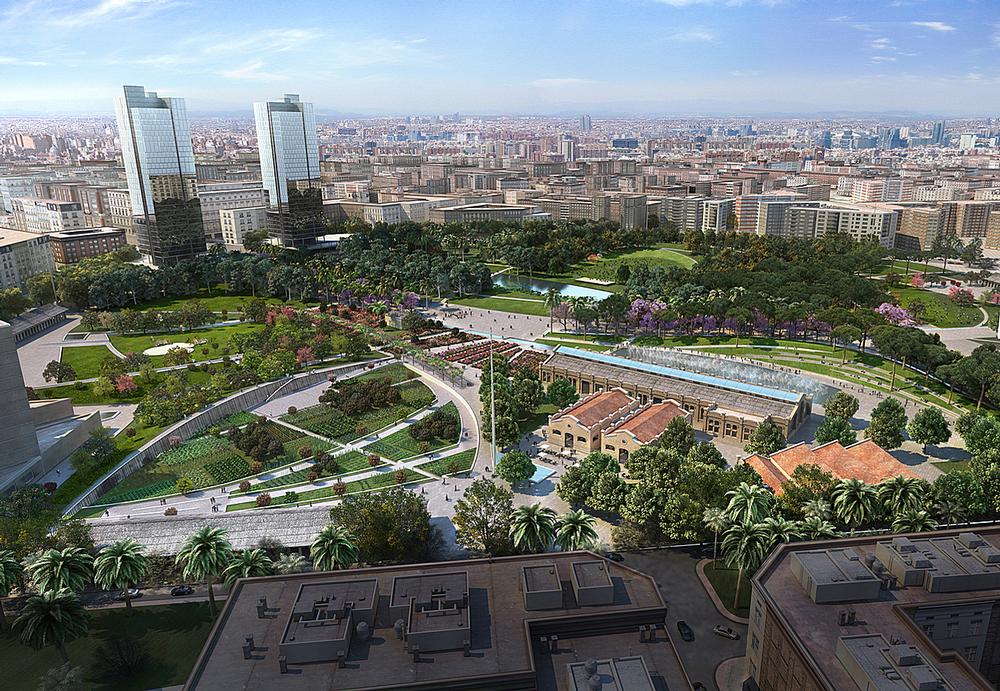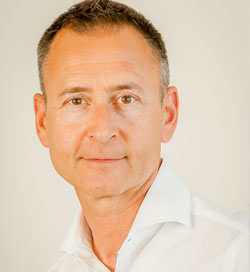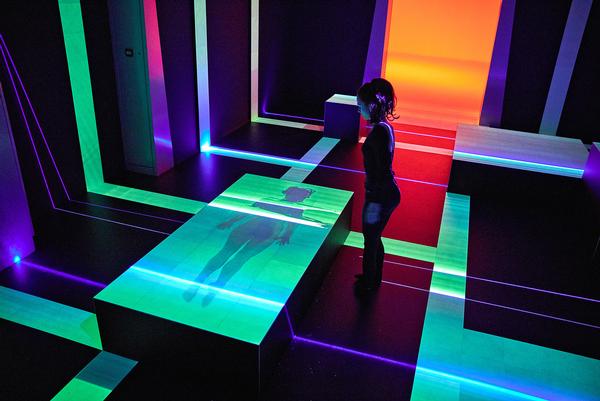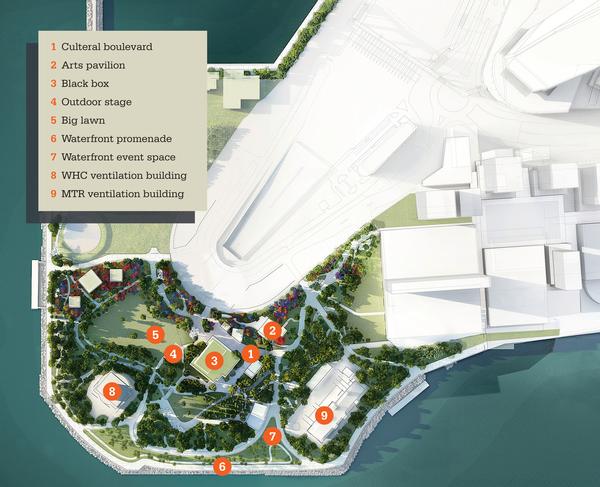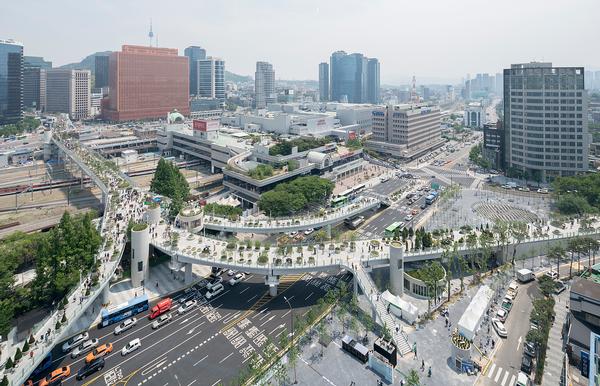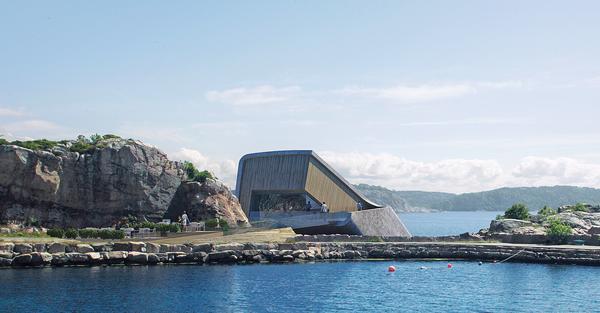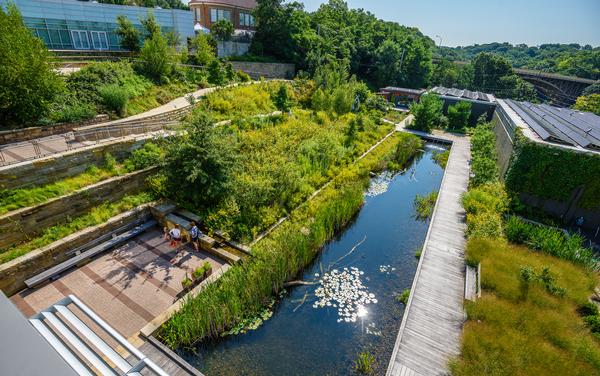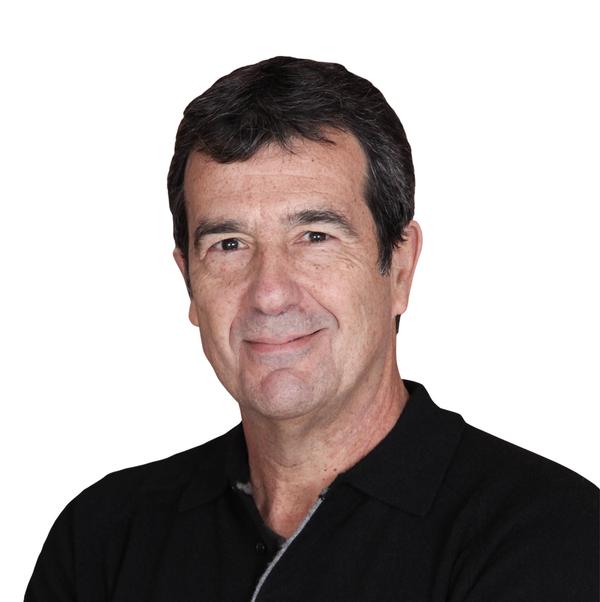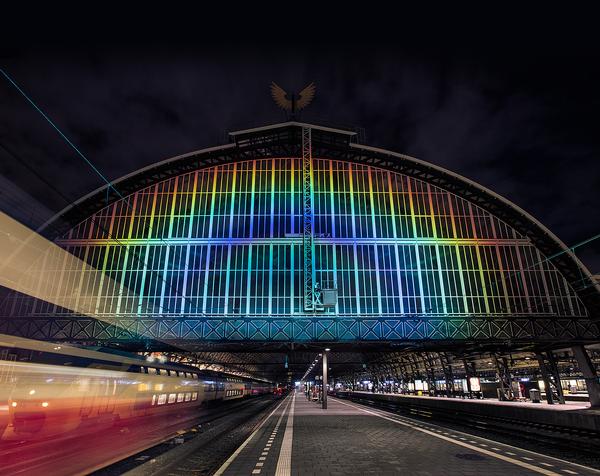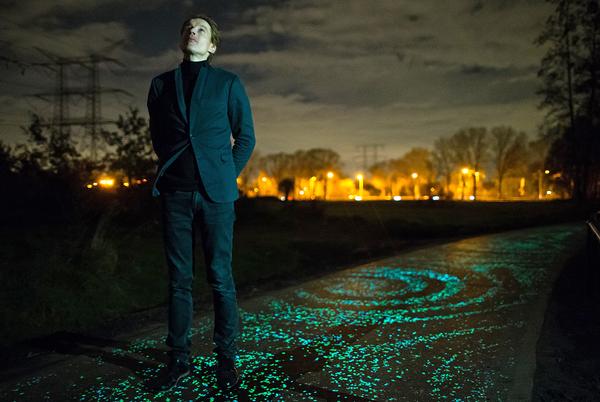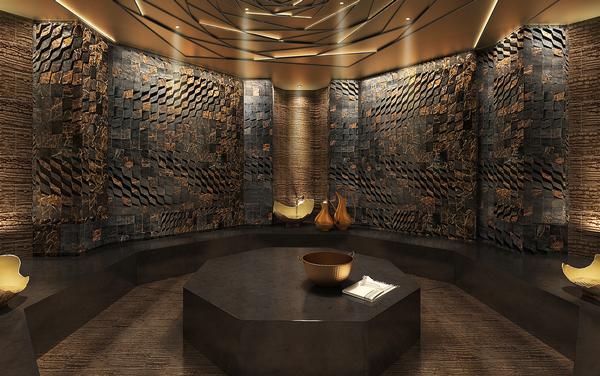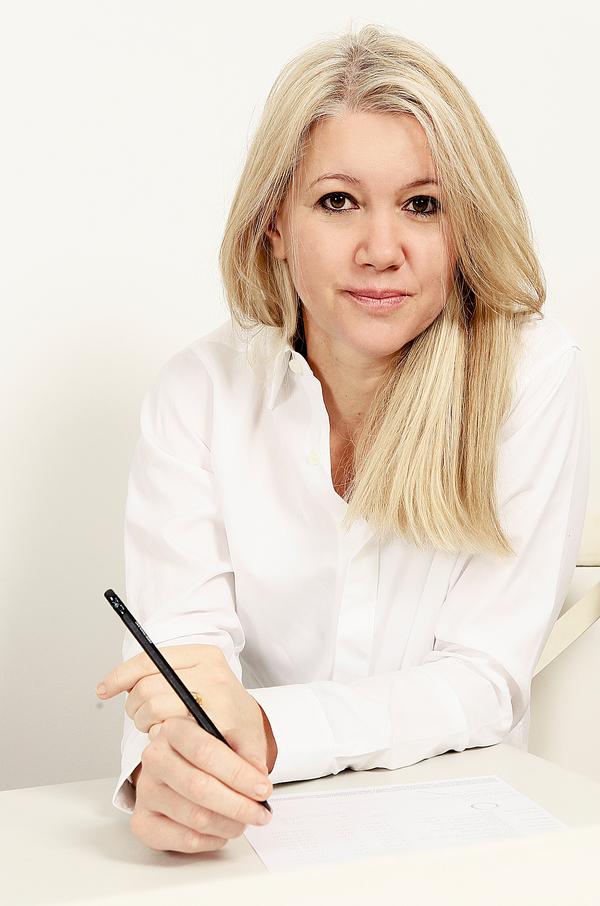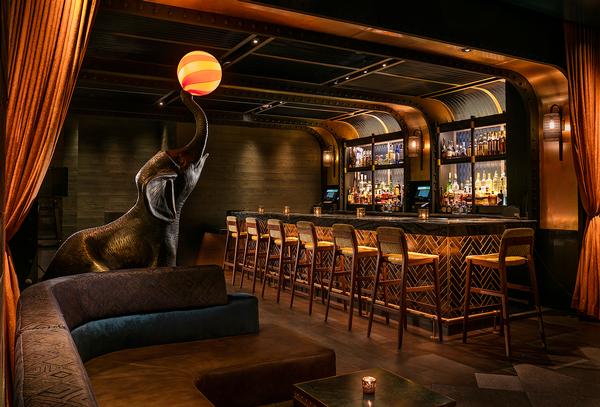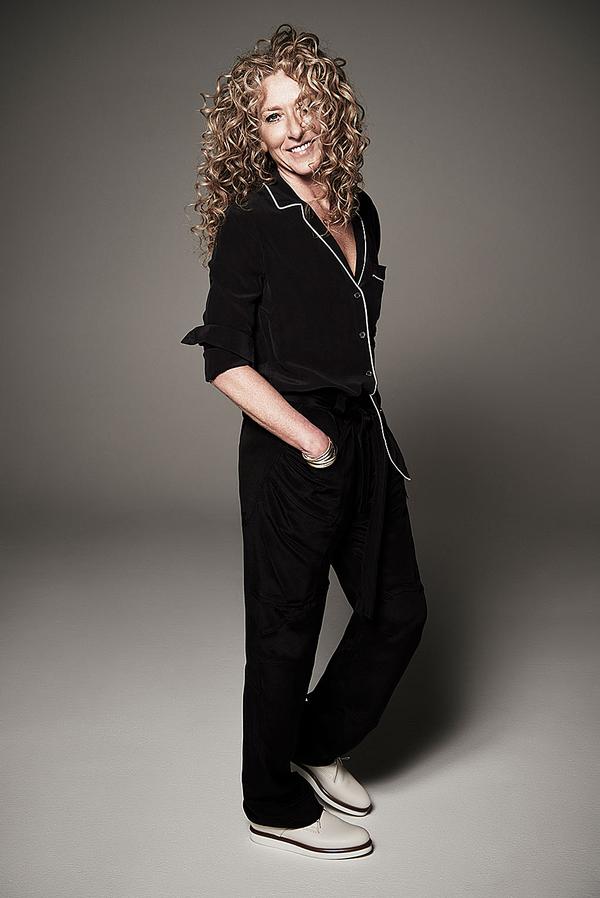Interview
Mary Bowman
We can learn a lot from Singapore in terms of its approach to planning and green space, the Gustafson, Porter + Bowman partner tells Kath Hudson
How would you sum up Gustafson Porter + Bowman’s approach to landscape architecture?
Our approach is to try and understand the nature of a place and then to create a landscape that’s very contemporary, but at the same time feels like it’s part of that place.
Another aspect that our landscapes are particularly known for is the 3D modelling of space, the sculpting of the public realm and the external environment.
When did you become interested in landscape architecture?
I trained as an architect and worked at Foster + Partners for 10 years and then at Walters & Cohen with Cindy Walters (a former colleague from Foster + Partners).
In 2002, I moved into landscape architecture with the encouragement of [Gustafson Porter + Bowman co-founder] Neil Porter. Earlier this year I qualified as a landscape architect – so I’m both a landscape architect and architect.
What prompted that move into landscape architecture?
During my training at the Architectural Association, I was always interested in the relationship between building and landscape; I tended to gravitate towards the kind of studios that were exploring landscape. I’d known Neil Porter from the AA and our children were at nursery together. I happened to bump into his wife and she said that Neil was looking for a partner to help in the London studio. Kathryn (Gustafson) and Neil had just started to take on board more projects and the studio was small. I thought the work was very beautiful and was intrigued by the whole landscape world.
You were responsible for the landscape design at Marina One in Singapore. How did you approach that project?
When we came on board, Christoph Ingenhoven of Ingenhoven Architects had defined the concept of the Green Heart at the centre of the Marina One development.
We took that idea of having a central public garden and developed it into a powerful landscape concept. The design was a product of many people’s input. Neil Porter did the original competition design, Kathryn Gustafson developed the planting design and I worked closely with the architects and our local partner ICN to develop the details.
Can you sum up the Green Heart concept?
It’s a large public space at the centre of the Marina One building complex; it’s really the focus of the whole development. It’s a very lushly planted landscape, with a large waterfall feature in the middle of it.
It also has a winding ramp leading to level one, so people can wind their way through the canopies of the taller trees and are drawn upward, where they can move around the perimeter and look down onto the Green Heart.
How did you find the process of working with Ingenhoven Architects?
It was quite special in the degree of integration between the landscaping and the architecture. Part of that was because there are planning requirements in Singapore that mean that you must replace 100 per cent of the ground plane with landscape and public realm. That leads to the very green building typology which you see in Singapore.
Ingenhoven are very interested in green buildings and sustainability and were very supportive of our input on the landscape. I found them very collaborative.
Were you involved with the planting within the building?
We were involved in the planting on multiple levels. So not only the Green Heart, but the second floor, third floor, fourth floor, and 15th floor, which include the public amenity spaces.
On the upper levels of the building there are swimming pools and jacuzzis, outdoor mini golf, yoga areas, a kids’ play area, adult exercise – all of those are framed by planting.
Creating that very planted landscape on the upper levels required a high level of integration between the landscape design and the architecture. It was important to ensure there was adequate soil depth, drainage and irrigation. That influenced the structure of the building, because you have to ensure that the beams and floors slabs can support the weight of soil, especially when it rains.
What other challenges were there?
You can imagine the challenge of getting that amount of planting up in a high-rise building! Many of the plants and trees have to go up in the building lifts, but obviously, if you have tall trees they don’t fit into most lifts, so they had to be craned up by hoists and cranes.
What are your thoughts on the wider trend for incorporating greenery into buildings?
We’re certainly seeing increased interest in the idea of having green walls and planted landscape within buildings. I think Singapore leads the way because they have enshrined a lot of the ambition into their planning policy. That sort of forward thinking isn’t enshrined in planning in the same way in the UK
We do work with developers wanting to have more green buildings and we know ecologists pushing for more biodiversity in developments. You see people wanting to have high level terraces in residential commercial buildings. The landscape isn’t just confined to the ground level; there are opportunities for planting on many different levels. That’s something that’s definitely changed in the last five years, particularly in London where you get a lot of rooftop terraces, and more green walls, as well as more planting in the public realm.
Do you think the role of green spaces in our cities is changing?
There’s a growing interest and support for getting more trees and planting into our urban environments, and more of an awareness of how that improves the quality of the public realm. As more and more people move into cities, it’s important to work to develop an urban character that can also embrace nature.
Which cities do you admire in terms of their approach to green space?
For a landscape architect, Singapore has definitely led the way in terms of its approach to green space. Part of that is because the National Parks Board sits together with the Urban Regeneration Authority and the Transport Authority and the Water Authority and so on. They’re a very important authority within the city. They have introduced measures into their planning requirements where you have to have a certain amount of green space and they make sure that it happens. We were very fortunate to have worked with Dr Tan on Marina East, who is one of the founders of Singapore’s green policies.
I also very much enjoy cities like New York, which has gone through a kind of transformation in terms of adapting parks and streets to suit a 21st century lifestyle, turning quite harsh environments into places where people want to be by creating parks, walkways and plazas that weren’t there 15 years ago.
You are working on Taikoo Place in Hong Kong. Can you describe that project?
It’s a new public space which replaces the site of an existing tower in central Hong Kong, near Quarry Bay.
The 69,000sq ft (6,410sq m) landscape project is made up from a series of gardens. These include Taikoo Square – the largest space – which is comprised of a series of terraces and features two large pools. Kathryn Gustafson and Sibylla Hartel are working on the project.
Neil Porter and I are both architects, and we worked on some of the interiors for one of the office buildings. This means that the public realm actually comes into the building, and is integrated with the ground floor and first floor lobby spaces, which we also designed. That’s a good example of landscape moving into a building and we are able to take on quite complex projects given our combined skills.
Hong Kong is quite a frenetic place. Will these new public spaces offer an antidote to that?
Very much so. The gardens have a series of water features that draw on our experience with the Diana, Princess of Wales Memorial Fountain. We think that these will create a destination that’s a calm and environmentally comfortable place to be. We’ve used highly textured granite stone to create a series of different water effects. It will be a quiet, contemplative space for people to spend time in.
The first phase of the landscape should complete later this year or at the beginning of 2019, with the full garden completed in the final phase by 2020.
Tell us about the recently opened Rathbone Square project in London
The aim was to redevelop the former Royal Mail site off Oxford Street into a commercial and residential development with a new publicly-accessible garden square at its heart.
In terms of the courtyard, the aim was to open up a site that’s been closed off to the public for years. The route between Rathbone Place and Newman Street has been reconnected for the first time since the Royal Mail site was there.
We worked very closely with Make Architects, and also with Publica who did a public realm strategy for the wider area. The challenge for a relatively small courtyard garden like that in Central London is how can you hold people, and at the same time allow it to be a great movement space.
We work all over the world but it’s really nice to be able to work in one’s hometown. I studied at the Architectural Association and lived on Charlotte Street, so I’ve known that area for a long time! It’s great to see it transform.
Are you seeing more integration between architects and landscape designers?
There’s more of a demand for landscape architecture services now, not just from local authorities, but also from private developers. They see the value that a well-designed public realm can add to a building project. There’s a greater value put on landscape than there was 10-20 years ago.
What is your focus over the next couple of years?
We’ve got quite a bit of work in the UK at the moment. We are working on several projects in London. I’m currently working on the International Quarter London project in Stratford with Lend Lease, which is a really big development on the edge of the Olympic Park in East London.
We’re working on the landscape masterplan and developing the landscapes for the various residential and office buildings as they come forward. That whole area of the city will be completely transformed by the project but also by the Eastbank scheme, which will bring cultural and education buildings to Stratford It’s very exciting to create a new piece of the city.
We’re also working on the public landscape surrounding the Chelsea Barracks residential development in Chelsea, London.
Further afield, we’re completing Valencia Central Park soon in Spain. It will be one of Europe’s largest public parks, so that’s very exciting. We’re also working on a project called Europea Neo Brussels in Brussels to create public landscaping within a 68-hectare high end mixed use district around the Heysel stadium.
We’ve been working in Doha for many years, and then there’s our ongoing work in Hong Kong, as well as several other projects – from York (UK) to New York (USA). Recently we were shortlisted as one of four teams to enhance and restore the landscape surrounding the Eiffel Tower. The site covers the 54 hectare area either side of the river Seine, between the Trocadéro and the Military Academy including the historic gardens, water features and great lawns – it’s huge! So we have a lot on, ranging from small squares to major public parks. Our work is very varied.
Do you have a favourite project that you’ve worked on?
The Diana, Princess of Wales Memorial Fountain is a special project. It was super challenging and stressful at times, but it was a great pleasure to work on.
We were doing something new and very exciting with that project. I was particularly proud of the fact that we were able to bring new technologies to traditional stonemasonry in order to create something new.
That was made possible by collaborating with other people with technologies and software that had never been put together in quite that way and working with contractors who had never done that type of work before. Everybody put all of their energy and enthusiasm into it.
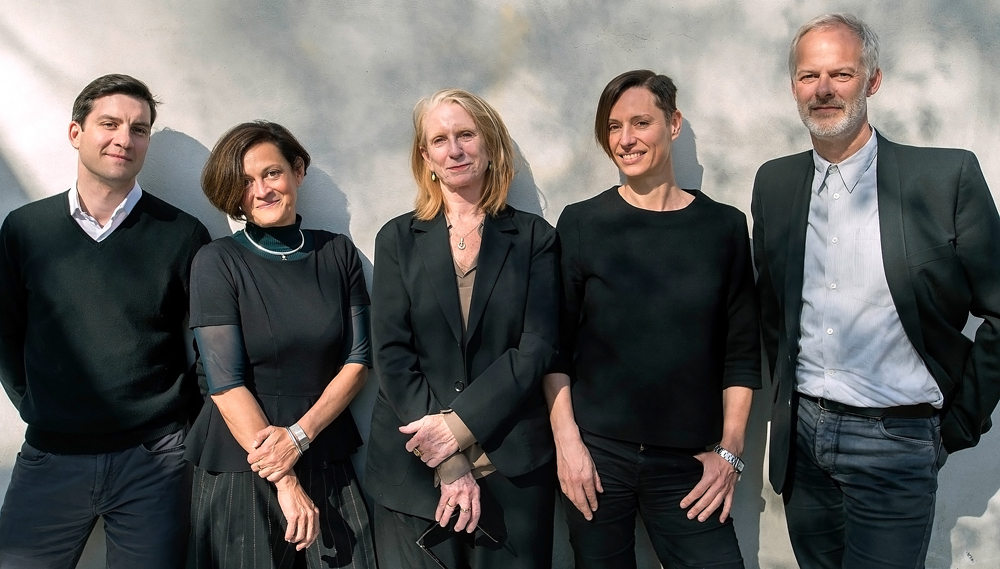
Gustafson Porter + Bowman was established in 1997 as Gustafson Porter, when the landscape architect Kathryn Gustafson opened a London office with architect Neil Porter. Mary Bowman joined the practice in 2002. Gustafson, Porter and Bowman, together with partners Sibylla Hartel and Donncha O Shea, are supported by a wider team of landscape architects and architects from around the world.
Ongoing projects include Taikoo Place, Hong Kong; Valencia Parque Central in Valencia, Spain; International Quarter London in Stratford, London, UK; and the Holocaust Memorial and Learning Centre with Adjaye Associates and Ron Arad Architects, also in London.
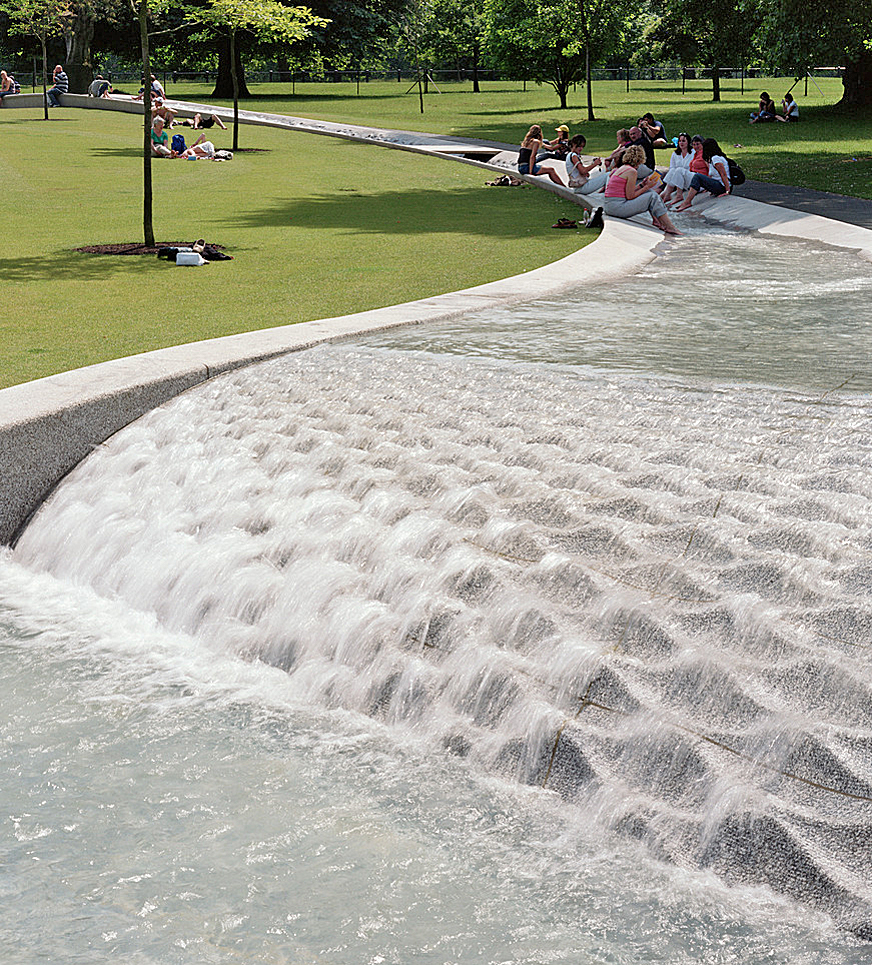
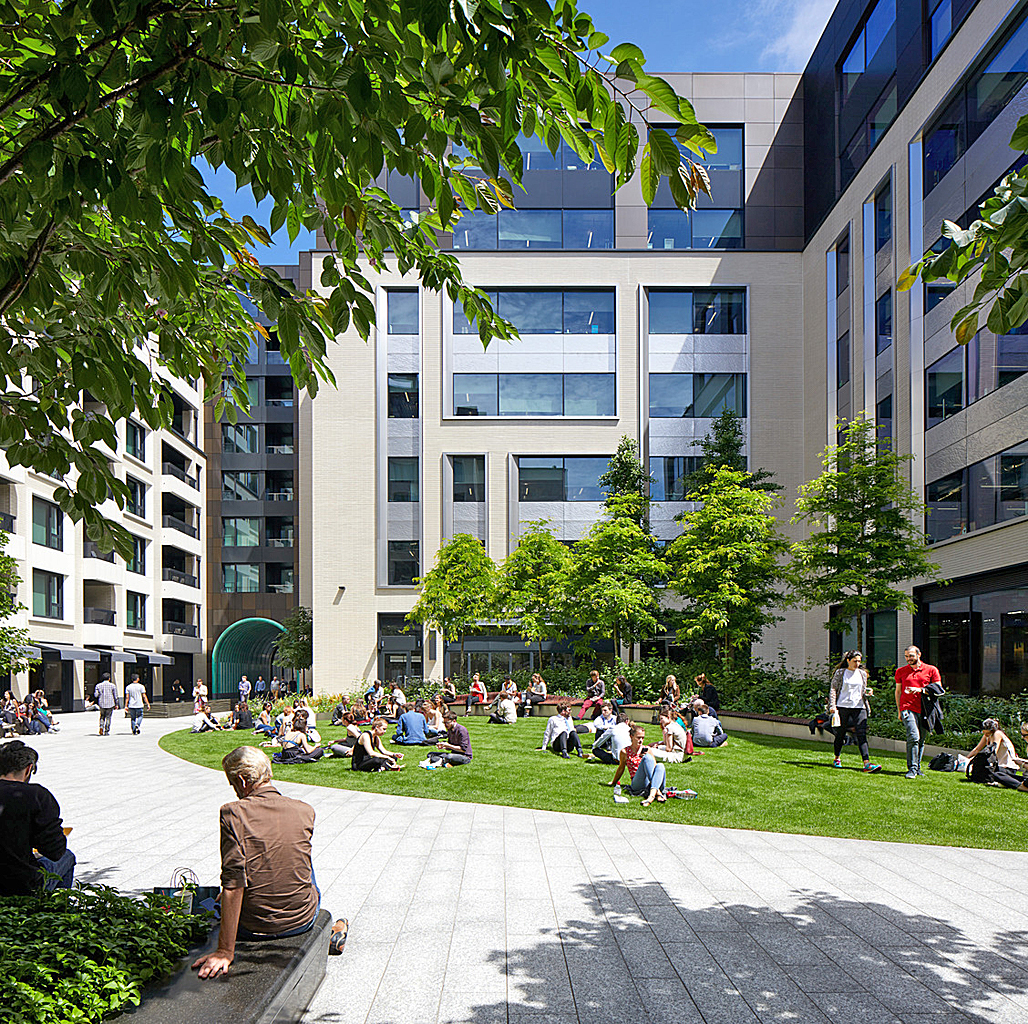
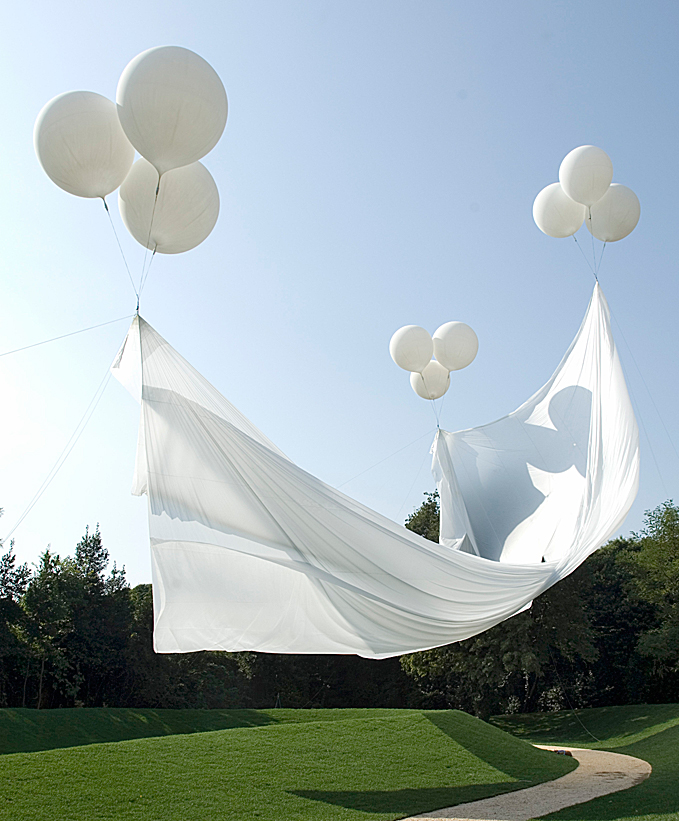
‘Towards Paradise’ was the first major landscape installation to be part of the Venice Architecture Biennale. Working in collaboration with Gustafson Guthrie Nichol (GGN), the garden installation was carved out of the overgrown grounds of the former Church of the Virgins, a Benedictine nunnery that was destroyed in the late 1800s
The journey began with the discovery of the garden. Visitors entered through the garden wall and found themselves among the ruins of buildings covered in ivy. A path led to the Store Room or place of Memory, a warehouse where the back wall was inscribed with the Latin names of extinct fauna and flora.
Leaving Memory to explore the path through the thick overgrowth and ruins of an abandoned garden, the visitor then moved to the Garden of Nourishment, a traditional food garden.
In a clearing was the contrast of Enlightenment, where unearthly ‘clouds’ held aloft by white helium balloons above an oval-shaped landform aimed to ‘inspire reflection and dreams of paradise’.
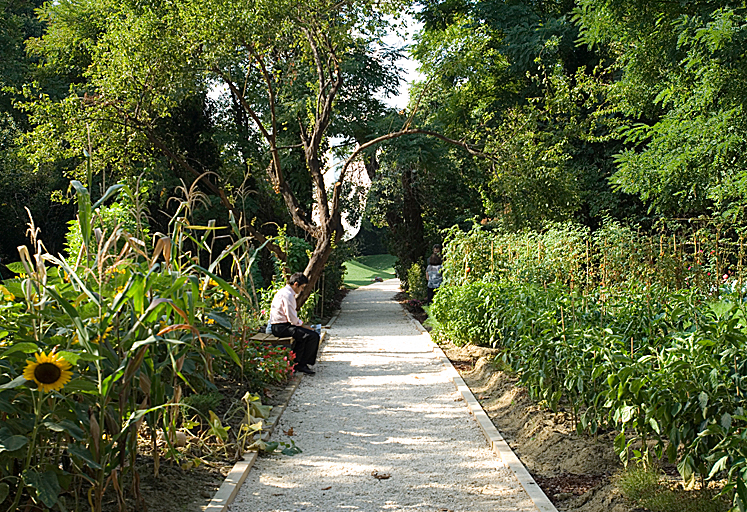
Opened in 2004, the Diana, Princess of Wales Memorial Fountain was based on the concept of ‘Reaching out – letting in’, taken from the qualities of the Princess of Wales that were most loved; her inclusiveness and accessibility. The fountain’s sculptural form is integrated into the natural slope of land in London’s Hyde Park and is designed to radiate energy as well as draw people inwards.
A popular place for visitors to engage with the water, the fountain has detailed grooves and channels which combine with air jets to animate the water and create different effects such as a ‘Chadar Cascade’, a ‘Swoosh’, ‘Stepped Cascade’, ‘Rock and Roll’ and a still basin at the bottom.
Designed and cut using digital technology, the fountain is made from 545 pieces of Cornish granite. The design appears as a light-coloured ring which contrasts with the surrounding meadow area and planting.
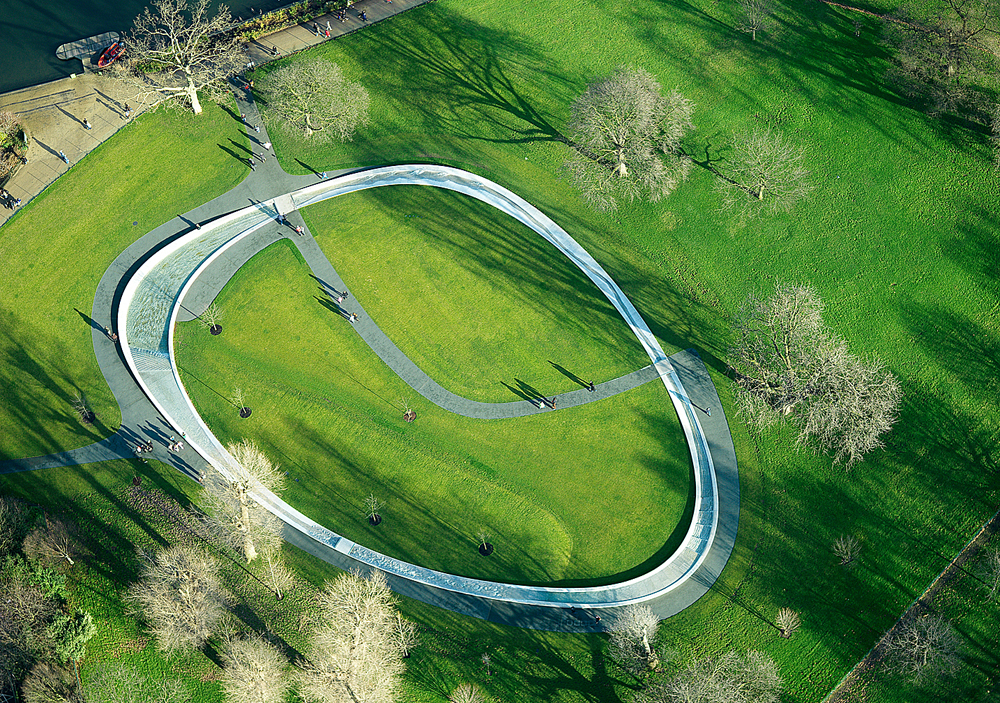
Completed in 2006, Cultuurpark Westergasfabriek was one of Gustafson Porter + Bowman’s defining projects, and is considered as a model of brownfield reclamation within a physically dense urban context and a complex set of stakeholders. The scheme establishes a delicate balance between contamination and accessibility, invention and interpretation, restoration (of contaminated land) and revelation (of the potential of a post-productive site). Today it is a vibrant cultural center for the arts and a meeting place for surrounding communities.
The 11.5-hectare site includes trails and gardens, an events field for 10,000 people, a playground, a waterfall, a bridge, and an artificial lake that can be drained to accommodate large festivals.
